Understanding Fringe Benefits Tax (FBT) And What It Covers
For businesses in Australia, providing fringe benefits to employees can be a valuable way to attract and retain talent, as well as incentivise performance.
However, employers need to understand their obligations regarding Fringe Benefits Tax (FBT). The Australian Taxation Office (ATO) administers FBT, a tax on certain non-cash benefits provided to employees in connection with their employment.
Let’s explore the types of fringe benefits subject to FBT to help businesses navigate this complex area of taxation.
- Car Fringe Benefits
One common type of fringe benefit is the provision of a car for the private use of employees. This includes company cars, cars leased by the employer, or even reimbursing employees for the costs of using their own cars for work-related travel.
- Housing Fringe Benefits
Employers may provide housing or accommodation to employees as part of their employment package. This can include providing rent-free or discounted accommodation, paying for utilities or maintenance, or providing housing allowances.
- Expense Payment Fringe Benefits
Expense payment fringe benefits arise when an employer reimburses or pays for expenses incurred by an employee, such as entertainment expenses, travel expenses, or professional association fees.
- Loan Fringe Benefits
If an employer provides loans to employees at low or no interest rates, the difference between the interest rate charged and the official rate set by the ATO may be considered a fringe benefit and subject to FBT.
- Property Fringe Benefits
Providing employees with property, such as goods or assets, can also result in fringe benefits. This can include items such as computers, phones, or other equipment provided for personal use.
- Living Away From Home Allowance (LAFHA)
When employers provide allowances to employees who need to live away from their usual residence for work purposes, such as for temporary work assignments or relocations, these allowances may be subject to FBT.
- Entertainment Fringe Benefits
Entertainment fringe benefits arise when employers provide entertainment or recreation to employees or their associates. This can include meals, tickets to events, holidays, or other leisure activities.
- Residual Fringe Benefits
Residual fringe benefits encompass any employee benefits that do not fall into one of the categories outlined above. This can include many miscellaneous benefits, such as gym memberships, childcare assistance, or gift vouchers.
Compliance with FBT Obligations
Employers must understand their FBT obligations and ensure compliance with relevant legislation and regulations. This includes accurately identifying and valuing fringe benefits, keeping detailed records, lodging FBT returns on time, and paying any FBT liability by the due date.
Fringe Benefits Tax (FBT) is an essential consideration for businesses that provide non-cash benefits to employees.
By understanding the types of fringe benefits subject to FBT, employers can ensure compliance with tax obligations and avoid potential penalties or liabilities.
Seeking professional advice from tax experts or consultants can also help businesses navigate the complexities of FBT and develop strategies to minimise tax exposure while maximising the value of employee benefits. Why not start a conversation with one of our trusted tax advisers today?
Thank you for reading!
Should you have any queries in regards to the above please contact our office on (03) 9728 1448
The TAS Team
3/653 Mountain Highway, Bayswater VIC 3153
The information contained in this publication is for general information purposes only, professional advice should be obtained before acting on any information contained herein. The receiver of this document accepts that this publication may only be distributed for the purposes previously stipulated and agreed upon at subscription. Neither the publishers nor the distributors can accept any responsibility for loss occasioned to any person as a result of action taken or refrained from in consequence of the contents of this publication.

